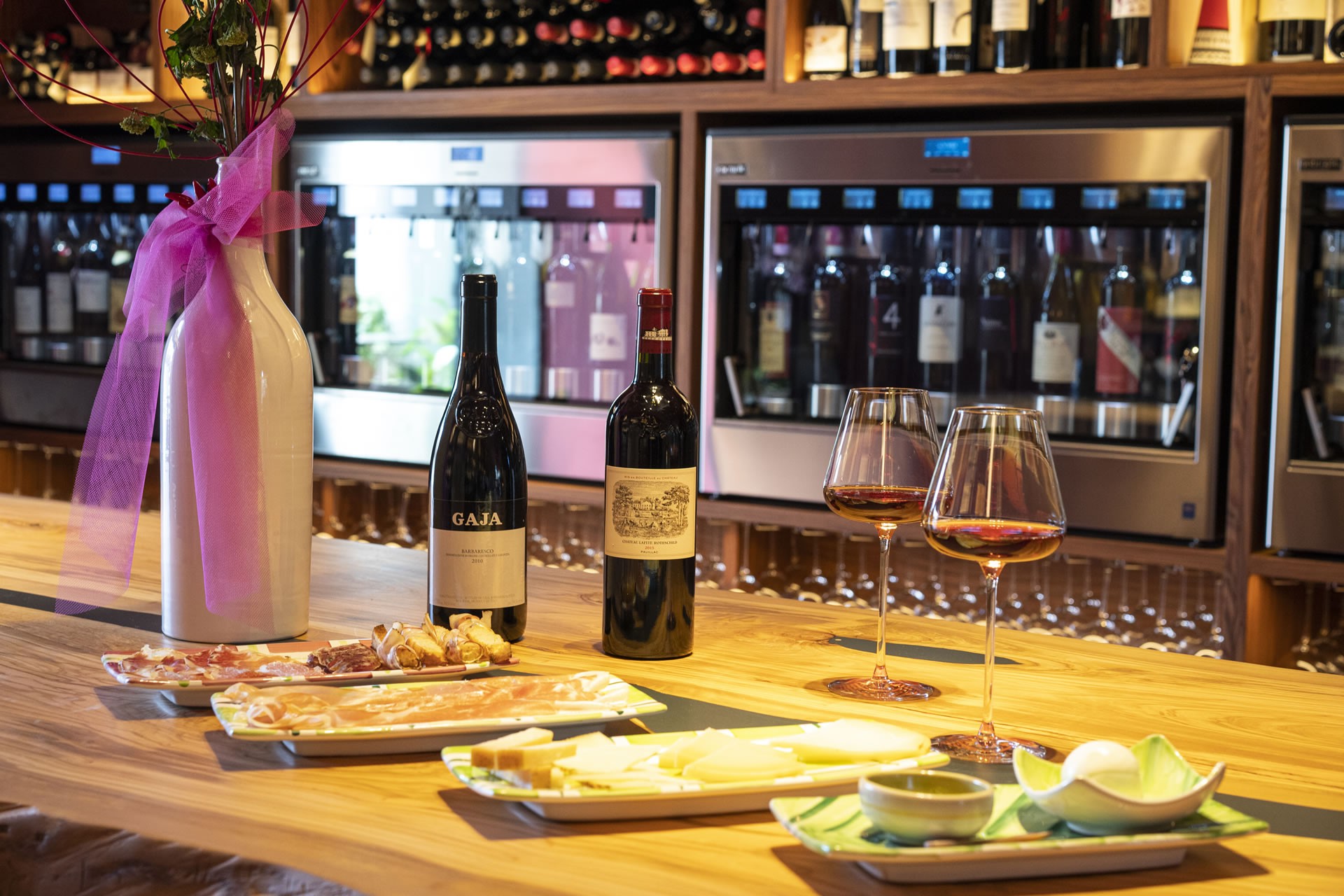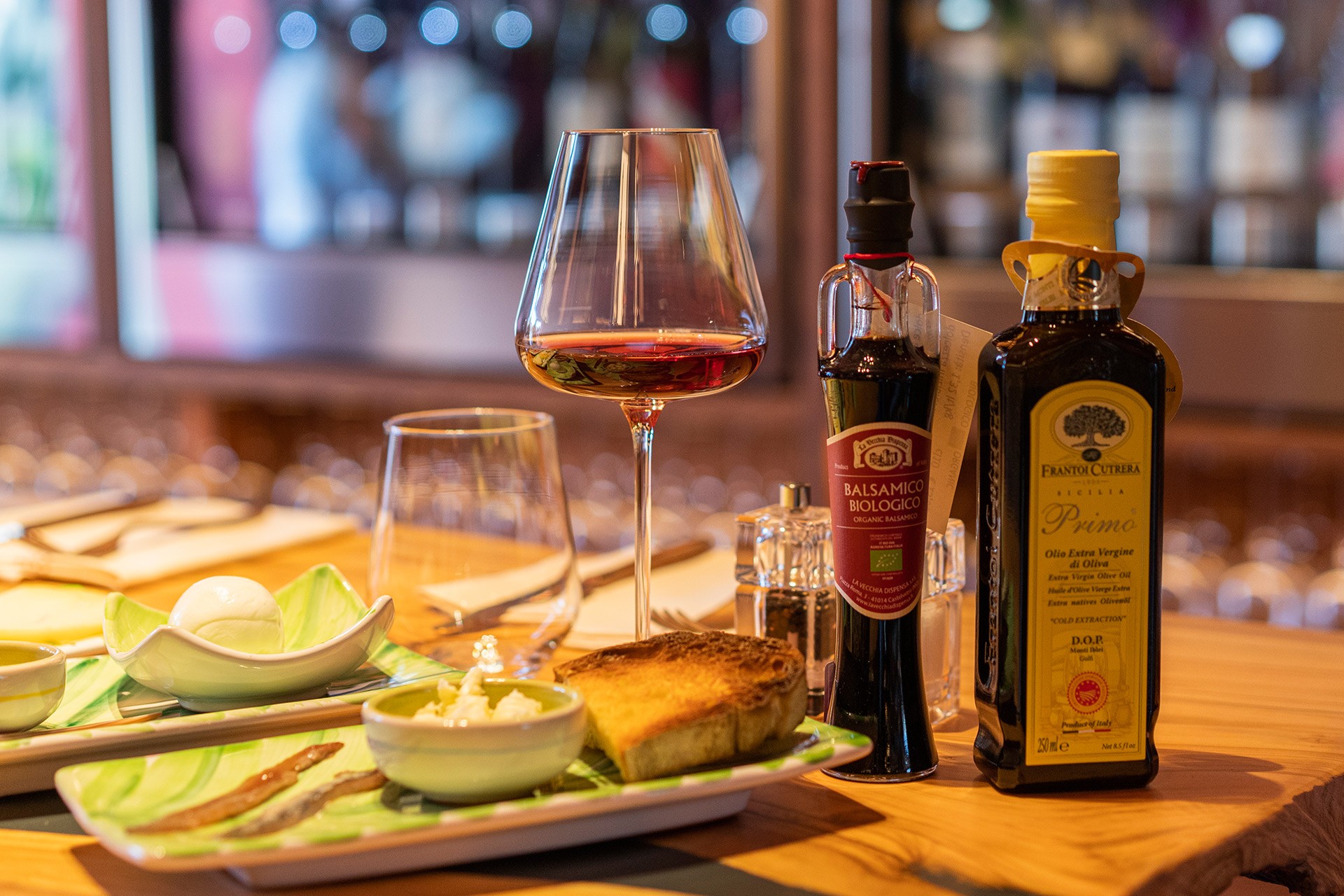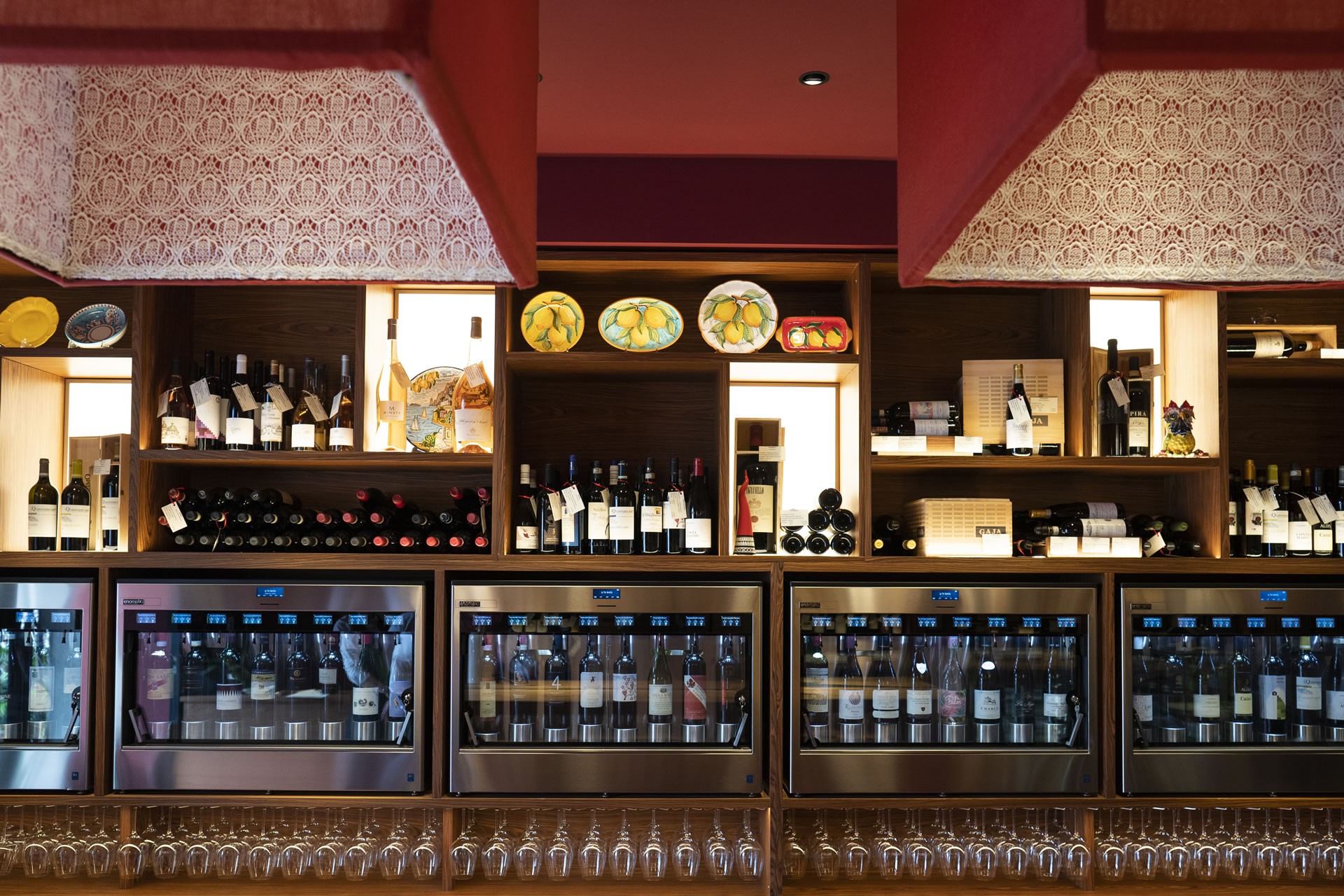
Wine Bar & Shop in the Heart of Positano

Wine Bar & Shop in the Heart of Positano

Wine Bar & Shop in the Heart of Positano
- Home
-
Shop
-
-
Spumante
- Rosè Wine
-
-
Campania
- Alto Adige
-
Toscana
- Baricci
- Baron Patrick De Ladoucette
- Biondi Santi
- Ca Marcanda
- Capannelle
- Casanova di Neri
- Castell'in villa
- Castello del Terriccio
- Castello di Ama
- Castello di Monsanto
- Caterina Dei
- Cerbaiona
- Ciacci Piccolomini d'Aragona
- Col d'Orcia
- Cupano
- Donna Olimpia 1898
- Franchetti Tenuta di Trinoro
- Frescobaldi Luce della vite
- Gianni Brunelli
- Grattamacco
- Guado al Tasso
- Il Marroneto
- Il Paradiso di Manfredi
- Isole e Olena
- La Macchiole
- Le Ragnaie
- Livio Sassetti
- Marchesi Antinori
- Masseto
- Mazzei Castello di Fonterutoli
- Montevertine
- Ornellaia
- Pian dell'Orino
- Pieve Santa Restituta
- Podere Poggio Scalette
- Poggio di Sotto
- Solaria Patrizia Cencioni
- Stella di Campalto
- Tenuta di Valgiano
- Tenuta Fertuna
- Tenuta Fontodi
- Tenuta Le Potazzine
- Tenuta San Guido
- Tenuta Sette Ponti
- Tua Rita
-
Piemonte
- Braida Giacomo Bologna
- Brovia
- Burlotto
- Cavallotto
- Coppo
- Dante Rivetti
- Diego Morra
- Domenico Clerico
- Elio Altare
- Elio Grasso
- Ettore Germano
- Falletto di Bruno Giacosa
- Fratelli Alessandria
- Gaja
- Giacomo Fenocchio
- Giovanni Canonica
- Giovanni Corino
- Giovanni Rosso
- Giuseppe Cortese
- Giuseppe Mascarello
- Giuseppe Rinaldi
- Guido Porro
- La Spinetta
- Luciano Sandrone
- Luigi Einaudi
- Marchesi di Barolo
- Massolino
- Oddero
- Paolo Conterno
- Paolo Scavino
- Piero Busso
- Pira Chiara Boschis
- Principiano Ferdinando
- Produttori del Barbaresco
- Roagna I Paglieri
- Roberto Voerzio
- Scarzello
- Vietti
- Sardegna
- Calabria
-
Veneto
-
- Portogallo
- Spagna
- Germania
- Organic wine
- Biodynamic
- Naturale
- Triple A
- Orange Wine
- Magnum
- Doppio Magnum
- TASTING BOX
- Vini da Dessert
- EVO Oil
- BALSAMIC VINEGAR
- Ceramic
- With case or wooden case
-
- Wine Room
- Home
-
Shop
-
-
Spumante
- Rosè Wine
-
-
Campania
- Alto Adige
-
Toscana
- Baricci
- Baron Patrick De Ladoucette
- Biondi Santi
- Ca Marcanda
- Capannelle
- Casanova di Neri
- Castell'in villa
- Castello del Terriccio
- Castello di Ama
- Castello di Monsanto
- Caterina Dei
- Cerbaiona
- Ciacci Piccolomini d'Aragona
- Col d'Orcia
- Cupano
- Donna Olimpia 1898
- Franchetti Tenuta di Trinoro
- Frescobaldi Luce della vite
- Gianni Brunelli
- Grattamacco
- Guado al Tasso
- Il Marroneto
- Il Paradiso di Manfredi
- Isole e Olena
- La Macchiole
- Le Ragnaie
- Livio Sassetti
- Marchesi Antinori
- Masseto
- Mazzei Castello di Fonterutoli
- Montevertine
- Ornellaia
- Pian dell'Orino
- Pieve Santa Restituta
- Podere Poggio Scalette
- Poggio di Sotto
- Solaria Patrizia Cencioni
- Stella di Campalto
- Tenuta di Valgiano
- Tenuta Fertuna
- Tenuta Fontodi
- Tenuta Le Potazzine
- Tenuta San Guido
- Tenuta Sette Ponti
- Tua Rita
-
Piemonte
- Braida Giacomo Bologna
- Brovia
- Burlotto
- Cavallotto
- Coppo
- Dante Rivetti
- Diego Morra
- Domenico Clerico
- Elio Altare
- Elio Grasso
- Ettore Germano
- Falletto di Bruno Giacosa
- Fratelli Alessandria
- Gaja
- Giacomo Fenocchio
- Giovanni Canonica
- Giovanni Corino
- Giovanni Rosso
- Giuseppe Cortese
- Giuseppe Mascarello
- Giuseppe Rinaldi
- Guido Porro
- La Spinetta
- Luciano Sandrone
- Luigi Einaudi
- Marchesi di Barolo
- Massolino
- Oddero
- Paolo Conterno
- Paolo Scavino
- Piero Busso
- Pira Chiara Boschis
- Principiano Ferdinando
- Produttori del Barbaresco
- Roagna I Paglieri
- Roberto Voerzio
- Scarzello
- Vietti
- Sardegna
- Calabria
-
Veneto
-
- Portogallo
- Spagna
- Germania
- Organic wine
- Biodynamic
- Naturale
- Triple A
- Orange Wine
- Magnum
- Doppio Magnum
- TASTING BOX
- Vini da Dessert
- EVO Oil
- BALSAMIC VINEGAR
- Ceramic
- With case or wooden case
-
- Wine Room
List of products by brand Caterina Dei
In 1964, Alibrando Dei purchased the land at Bossona and planted his first vineyard. It turned out to be an extraordinary place for producing great red wines. In the 1970s, he went on to purchase the villa at Martiena and surrounding farmland. The rest is history: the Dei family produced its first bottle of Vino Nobile di Montepulciano in 1985, thus starting a tradition as independent winemakers.
Over the past twenty years, Caterina Dei has led the winery using the knowledge and tradition she inherited to cultivate the best of Montepulciano.
Cantine Dei is a company founded on deep roots of tradition with a vision for innovation.
Cantine Dei’s vineyards are divided into five areas of production: Martiena, Bossona, La Ciarlana, La Piaggia, and Cervognano, and all enjoy the privilege of the Vino Nobile di Montepulciano terroir.
Each vineyard has its own soil type with defining characteristics.
The Martiena and La Piaggia vineyards at 400 meters above sea level are in areas consisting of fresh sandstone with bright, yellow soil.
The Bossona vineyard, also at 400 meters above sea level, produces the best cru, and is characterized by a surface layer of sand and tuff, with a subsoil of fossils. It is a soft, yellow color with excellent drainage and ventilation.
The Ciarliana vineyard, at 300 meters above sea level, has soil rich in clay and limestone, and is beige in color.
Cervognano (250 meters above sea level) is mostly tuff with some clay.
SOIL
With good soil management comes a deep respect for the land. It is crucial to create the best possible conditions in which the plant can grow by caring deeply for the soil.
At Cantine Dei, we limit the tillage and passage of vehicles over the soil, using maintenance techniques to ensure that the soil is always kept microbiologically alive. Use of organic fertilization is tailored according to the development of the vine during its life cycle. We nurture the soil on the basis of its characteristics with barley, clover, mustard and rapeseed, to give greatmicrobiological vitality.
Barley helps to naturally plough the soil, clover provides essential nitrogen, mustard drains the ground, and rapeseed has a detoxifying effect, reducing levels of certain bacteria and fungi. In addition, we add organic matter and biomass to our soils during the mowing stage.
By choosing not to use chemical herbicides, and instead opting for copper and sulfur, the vitality of the soil is optimal, and careful canopy management enables us to prevent vine diseases as far as possible.
This is how we make a quality wine.
